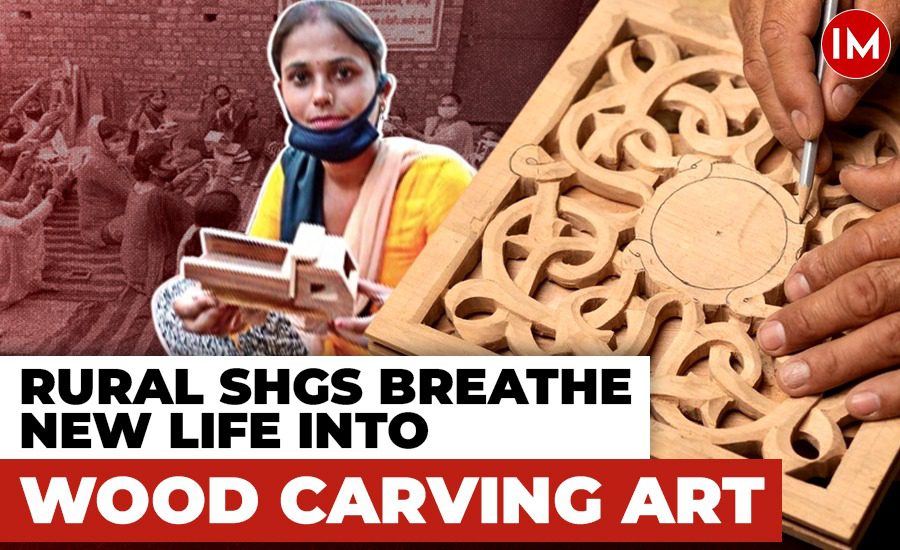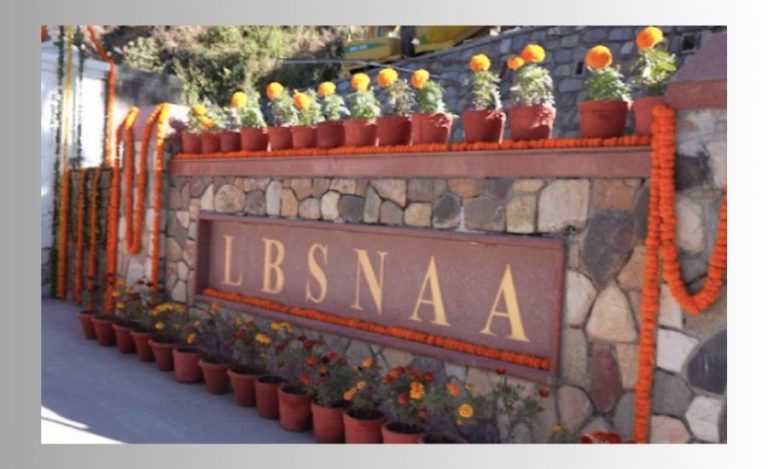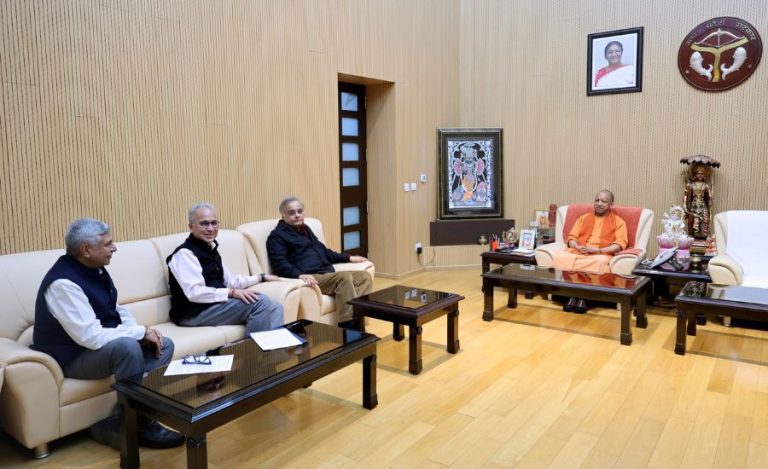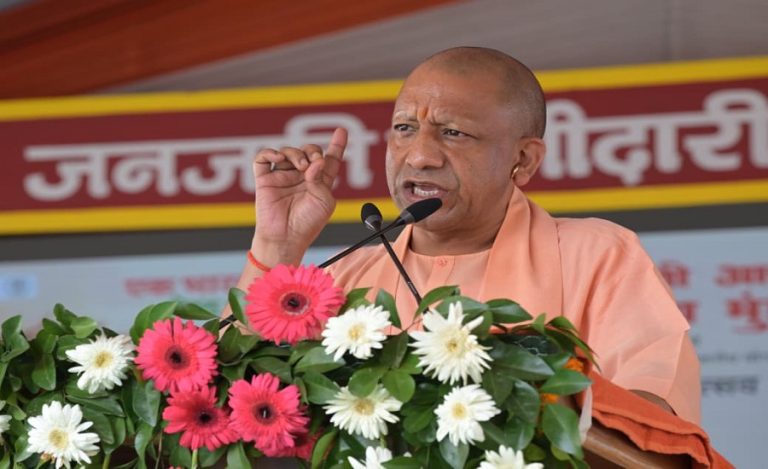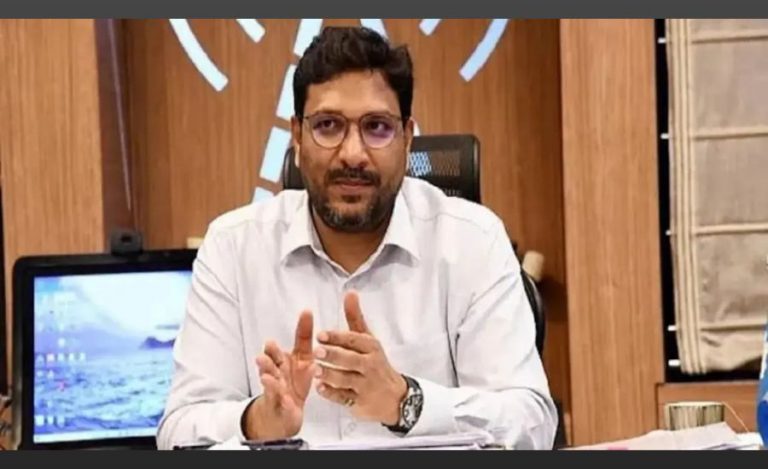In the foothills of the Shivalik Mountains, nestled in the Indian district of Saharanpur, lived a community known for its incredible wood carvings. This art, passed down through generations, filled homes with intricate beauty. But for a long time, this skill was a secret, kept mostly by men in the bigger towns. This changed during the first wave of Covid-19 when many were jobless. With the intervention of district administration, SHG women were not only made part of the industry but they were also taught how to make wooden toys. Women, especially those in self-help groups, were allowed not only to join this age-old tradition but to breathe new life into it by crafting delightful wooden toys. This is the story of how a time of hardship opened doors to a hidden talent, and how the art of wood carving in Saharanpur found a new voice.
The program started small with just 25 women, but the word is spreading fast, especially to the villages. These women, who weren’t making any money before, are now earning between 5,000 and 7,000 rupees each month! It all began by selling their toys at local fairs, and things are only getting better. They’ve even been allowed to set up stalls at some train stations in the district, which will surely boost their earnings even more.
All this was possible with the support of district administration and under the National Rural Livehilood Mission. Back then, Mr. Arun Kumar Upadhyay, who was in charge of the mission, told Indian Masterminds, “Everything was shut down during the first lockdown. We had very few choices, but we wanted to create new ways for people to make a living. So, we talked to the district head officer, Mr. Indrapal Singh, and he loved the idea right away. This wasn’t just about any job – we were teaching the women in these self-help groups valuable skills they could use anywhere, making them self-sufficient,” shared Mr. Upadhyay who is a PCS officer of the 1998 batch and is currently posted as Director, District Rural Development Authority, Mathura, UP.
HOW IT STARTED
The district is full of wood carving businesses, big and small. These businesses create a lot of leftover wood scraps. People usually just burn this waste for cooking fuel. Mr. Upadhyay and his team saw an opportunity – they could use these scraps to make toys! But first, they needed to find someone who knew how to teach the women.
“Luckily,” Mr. Upadhyay says, “one of my colleagues, Ms. Nazia, was perfect for the job. She’s the Block Mission Manager for the National Rural Livelihood Mission, and her father has been a wood carver for many years. Ms. Nazia took charge of finding women who were interested in making toys and explaining the work to them.”
To teach the women toy-making skills, they partnered with a training institute called RSETI in Matki Jharauli. It stands for “Rural Development and Self Employment Training Institute.” The first training session didn’t quite produce the desired results, so they offered a second round to ensure the women mastered the craft.
Mr. Upadhyay emphasized that they used safe, natural colors to paint the toys, making them perfect for children.
Next, they identified the block with the most women in self-help groups interested in toymaking. Through the National Rural Livelihood Mission (NRLM) program, they secured a space in the local Panchayat Bhawan building (government building) to provide the women with a basic workshop. They even set up some second-hand machines to help them create the toys.
Mr. Upadhyay is proud that by the time he moved on from his role, the women had begun selling their toys at local fairs. He’s confident that their beautiful creations will soon reach even wider markets.
IMPACT
This project has broken down a big barrier. Traditionally, only men made wooden toys, but now women are stepping up and learning this amazing skill! It’s also become a great way for women in rural areas to earn money, especially after many lost their jobs during the pandemic. This program provided much-needed new opportunities.
Even more exciting, this project is bringing this traditional art form to life in rural villages. In the past, these villages mainly provided workers for other areas. Now, thanks to this innovative effort, rural women have the chance to get involved in making beautiful wooden toys.
Mr. Upadhyay highlights a key point: with good training, these classic art forms can be revived in new places. The women in the self-help groups had never worked with wood art before, but their interest and the training they received opened doors for them and brought this art to rural areas. When the toys were displayed locally, other women were so interested that they signed up for training too!

